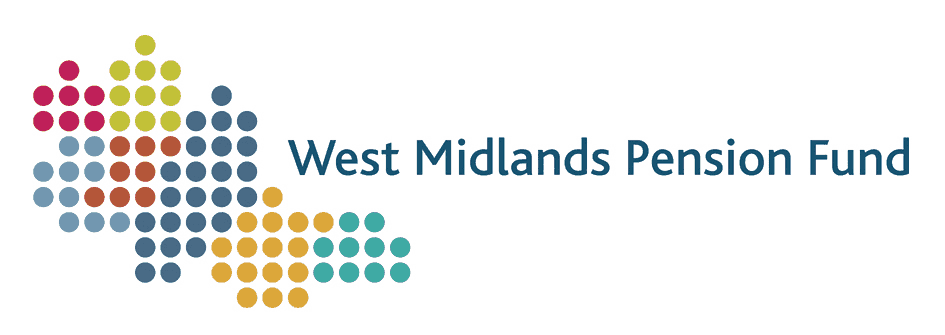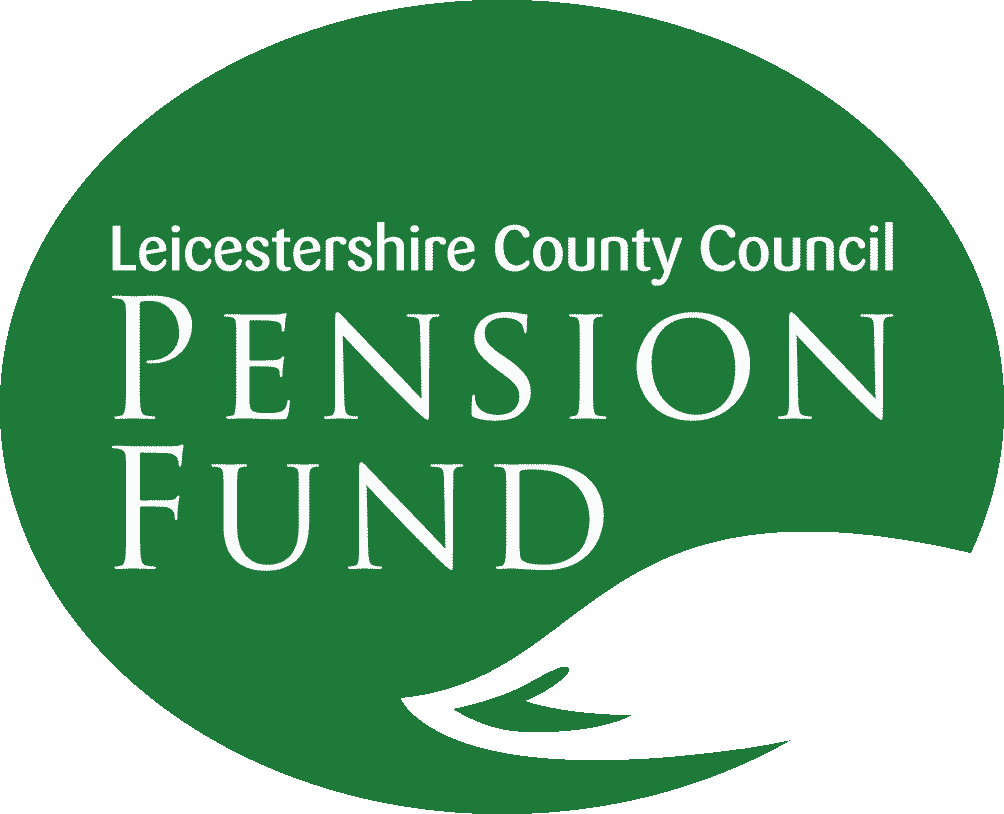Published: September 27, 2024
As we move through 2024, market dynamics across various asset classes continue to evolve, presenting both challenges and opportunities for investors. In our latest Quarterly Market Reflections, we take a closer look at the key developments shaping the landscape in Private Equity, Private Credit, Property, Infrastructure, Fixed Income, and Equities. Each sector has faced unique pressures and trends, but common themes of uncertainty, cautious optimism, and strategic adaptability remain a common theme.
Private Equity – Jaswant Sidhu, Investment Director – Private Equity
The private equity landscape has seen a marginal decline in fundraising during the first half of 2024, dropping slightly to $408.6 billion from $409.2 billion in the same period last year (PEI). This subtle decrease underscores the persistent challenges in the fundraising environment, with managers facing extended timelines, now averaging 6-9 months longer to secure commitments. Investor distributions remain muted, suggesting continued difficulties in fundraising for the rest of the year.
However, a beacon of optimism has emerged as central banks begin to cut interest rates, loosening financing conditions and leading to a slight uptick in deal activity. Narrowing valuation expectations between buyers and sellers further supports the potential for increased deal flow. The take-private subsegment, particularly active in the UK, continues to attract attention due to relatively lower valuations compared to other markets.
Private Credit – Gillian Day, Senior Portfolio Manager – Private Credit
The private credit market remains robust, bolstered by strong investor demand driven by regulatory pressures on bank balance sheets and a surplus of cash. Both bank and non-bank lenders are working together to provide liquidity, with borrowers attracted by the flexibility, speed, and certainty of direct lending.
However, the higher interest rate environment is exerting pressure on company balance sheets, with leverage levels contained but interest coverage ratios deteriorating. This could impact financial covenants and risk ratings. The infrastructure sector remains vibrant, driven by substantial EU and US investments in renewable and sustainable projects. Digital infrastructure and clean transportation also present attractive investment opportunities. Meanwhile, real estate lending has hit its lowest levels since 2013, though a more favourable interest rate environment could spur transaction volumes.
Property – Mike Hardwick, Investment Director - Property
Transactional volumes in the property market remain subdued, although there are signs of a marginal uptick in activity. A more benign inflation outlook and stable borrowing rates provide a positive backdrop for the asset class. Stable or declining bond yields are beneficial from both a borrowing cost and valuation perspective, reducing the risk of further yield shifts.
The UK Government's plans to reform the planning system may eventually increase residential supply, but the short-term impact is expected to be minimal. Rising optimism could encourage vendors who were hesitant to sell under pressured conditions, potentially restoring more normal transactional volumes. Notably, all sectors except offices experienced flat or positive capital movements in the second quarter, offering a glimmer of positivity in an otherwise challenging global property market.
Infrastructure – Nadeem Hussain, Head of Private Markets
Infrastructure remains a resilient and attractive asset class across market cycles, with continued strong interest from investors. The asset class continues to benefit from ongoing megatrends such as decarbonisation, digitalisation, and deglobalisation, which present significant investment opportunities.
In the short term, public and private asset owners, driven by balance sheet constraints, are increasingly looking to divest infrastructure assets to release capital creating additional investable opportunities.
While the sector’s defensive characteristics are appealing, it is crucial to maintain disciplined capital deployment. Recent experiences in utilities, EV charging, and freight transportation remind investors that not all infrastructure investments guarantee positive returns.
Fixed Income – Ann-Marie Patterson, Investment Director – Fixed Income
The fixed income market experienced its first-rate cuts of the cycle in Q2 2024, with the Bank of Canada and ECB making initial moves. The BoE and US Fed are expected to follow suit later in the year. Despite these cuts, bond yields and corporate bond spreads remained relatively unchanged over the quarter. US 10-year yields fluctuated due to inflation surprises and geopolitical tensions but ultimately ended the quarter lower due to subsiding inflation and growth concerns.
Corporate bonds underperformed in June following political uncertainties in France, highlighting the sensitivity of the fixed income market to geopolitical events.
Equities – Mark Davies, Head of Public Markets
Growth stocks maintained their dominance in Q2 returns, but post-quarter volatility has raised concerns about the US economy and valuations in the technology sector, especially those linked to artificial intelligence. This shift has led to a reversion of trends, with Value equities showing strength while Growth stocks have struggled.
Looking ahead, there is potential for a broader dispersion of returns beyond the high-performing “Magnificent Seven” stocks and into other market sectors that have lagged. The UK market, buoyed by political stability, presents good value, and while global growth stocks remain expensive, opportunities exist in Quality and small cap segments. China appears undervalued relative to India, despite its uneven economic performance, which includes strong industrial output but slowing retail sales growth.








